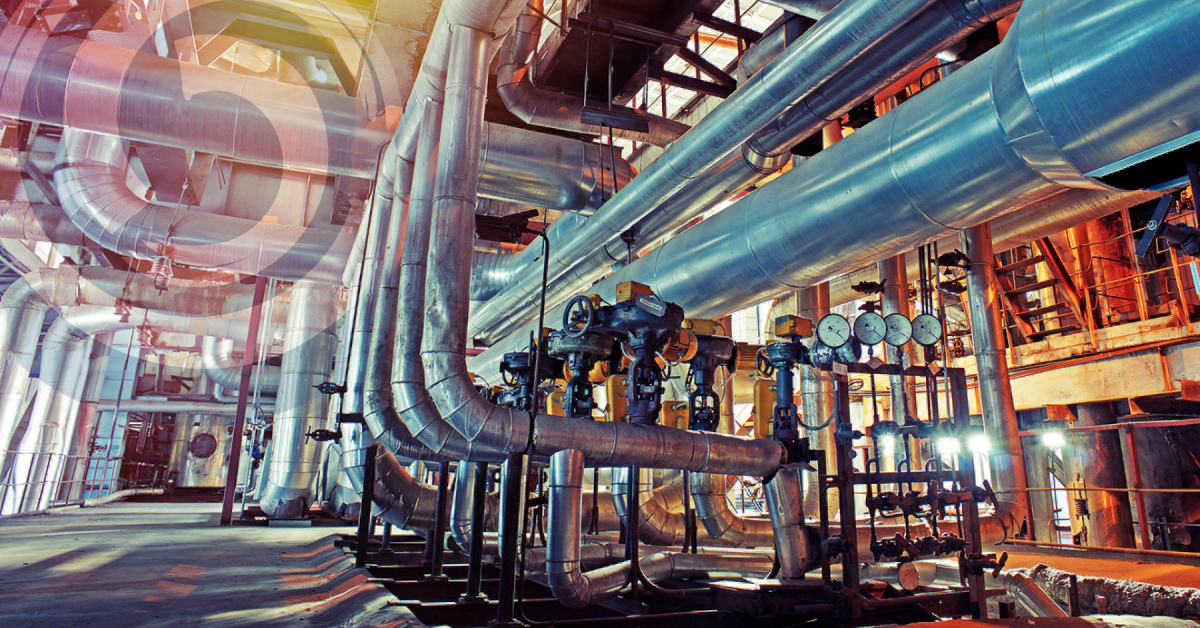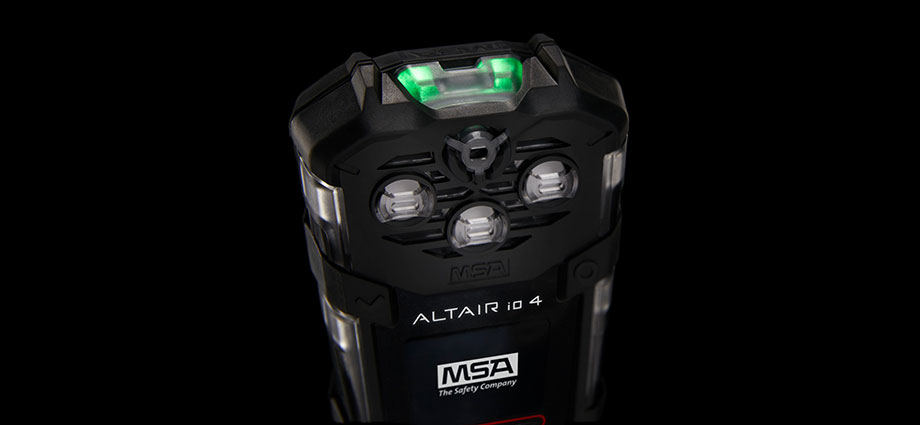
How to Help Prevent Heat Stress in Industrial Work Environments
At outdoor jobs with high sun exposure such as construction, working at height, and oil and gas, dangerous conditions due to heat stress are prominent – especially during the spring and summer months. Heat stress can impact both worker safety and productivity.
According to the Occupational Safety and Health Administration (OSHA), heat is the leading cause of death among all weather-related phenomena, and it is becoming more dangerous as 18 of the last 19 years were the hottest on record.
In fact, more than 31,000 work-related heat injuries and illnesses involving days away from work occurred from 2011 – 2019 in the U.S.
There are several risk factors for heat-related illness and injury. OSHA states that “occupational risk factors for heat illness include heavy physical activity, warm or hot environmental conditions, lack of acclimatization, and wearing clothing that holds in body heat.”
How to Help Prevent Heat Stress
OSHA recommends a few ways to help reduce heat stress, including:
- Providing workers with water, rest and shade
- Allowing new or returning workers to gradually increase workloads and take more frequent breaks as they acclimatize, or build a tolerance for working in the heat
- Planning for emergencies and training workers on prevention
- Monitoring workers for signs of illness
In addition, certain types of PPE are designed specifically to help alleviate heat stress. The new MSA V-Gard C1™ Hard Hat features an exclusive ReflectIR™ thermal barrier which helps to keep the inside of the hard hat up to 20°F cooler in sunny conditions.5 Plus, its moisture-wicking sweat band with breathable foam padding provides additional comfort and sweat management.
Download the infographic below to learn more about heat stress and how the V-Gard C1 can help keep workers cool.






